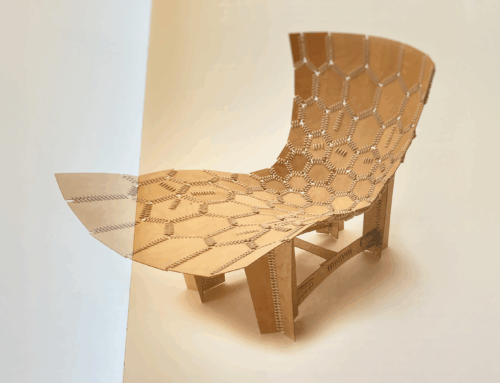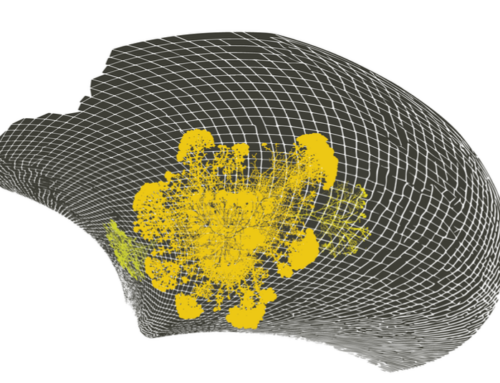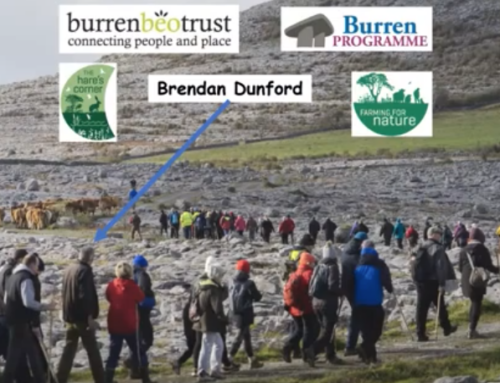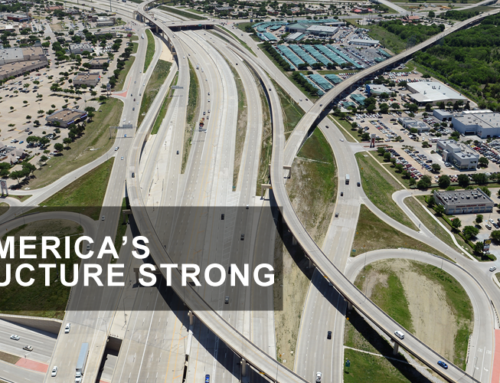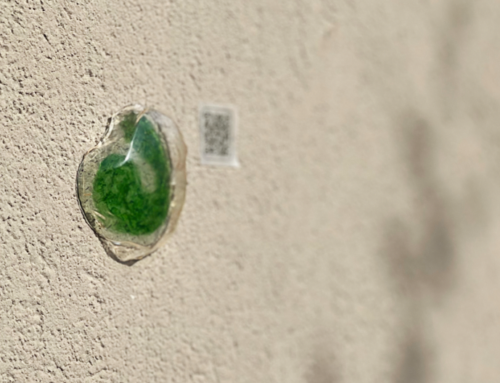The stated ambition of Cornwall, in the the far south west of England, is to become a “green peninsular”. It’s an evocative concept, but people there interpret the word “green” in different ways.
For example, although Cornwall aspires to become a “knowledge economy” it is more of a tourism economy at the moment: Many of the 500,000 people who live in the county rely on five million tourists who come each year to holiday, party and consume. Most tourists leave again, but enough of them have bought holiday homes that the price of the average house is now twenty time the average salary of people born in the county. Designers have helped created gorgeous spa hotels and chic restaurants – but it’s a moot point whether the Cornish people who staff them are knowledge workers.
New uses are also being considered for the abandoned relics of Cornwall’s clay mining economy. But plans for the development, in their place, of offices, shops, and marinas bring with them another dilemma: increased transport intensity. Despite the fact that 27 percent of Cornwall’s carbon emissions come from the transport sector (compared to 15 percent for the nearby city of Bristol), new roads, and airport expansion, figure prominently in its regeneration strategy.
The development of Newquay Airport, for example, is promoted by some business and tourism interests as a vital element in Cornwall’s regeneration; they want it expanded to handle more than a million passengers a year within 20 years. But others oppose airport expansion not only on environmental grounds, but also because it would lead to an even greater demand for second homes in Cornwall.
Cornwall’s Eden Project finds itself in a bind here: It struggles to reconcile its position as an environmental showcase with the fact that so many of its million-plus visitors go there by car.
A few years ago, persuasive alternatives to big-ticket, high entropy regeneration projects were thin on the ground. But today, a competing Cornish economic reality is emerging in the form of social and ecological projects right across the county. The region is filled with groups actively involved in the restoration of ecosystems, teaching each other environmental stewardship, recycling buildings and equipment, cultivating fungi, swapping seeds, growing medicinal plants, planting community fruit and nut tree nurseries. There are courses for families on green woodworking , permaculture, and blacksmithing and bushcrafts such as wild food foraging.
This emerging social-ecological economy is restorative, self-reliant, and steady-state.
The question facing last week’s DottCornwall seminar on ’emerging design practice’ was therefore a tough one: where can, and should, designers aspire to make difference? As Jeremy Myerson, the event’s chair, pointed out: “Designers have done well out of globalisation; the challenge facing designers now is whether they have the skills and sensibility to make a meaningful contribution at a local scale”.
These are live issues for Cornwall. Dott’s partner in last week’s event, for example, University College Falmouth, hopes to spend nine million pounds (10m euros) on the construction of a new design centre, the Academy of Innovation and Research (AIR).. Work on designing the building has already started – but what the building is for, and what will happen inside it, remains unresolved.
The AIR building will be entered into the development balance sheet of Cornwall as a “plus”. But in the country’s emerging social-ecological economy, that much money could also have been used to seed 1,000 grassroots projects around the county. The trouble is that it’s notoriously harder to allocate regeneration budgets to social activity and ecological restoration.
Nabeel Hamdi, a speaker at the Dott workshop, advocates a lost cost, little-by-little approach to development and planning. “Design disturbs that which it touches”, Hamdi told the meeting; “we need to give priorrity to the existing life and intelligence of place. There are vast latent resources in existing situations”.
Hamdi, the author of “Small Change” and “Housing without Houses” is working with Habitat for Humanity on a “mind shift” – from “building shelters” to a greater appreciation for existing social and ecological assets.
Far too much design research is process based, he commented; designers need to think less, and feel more.
The event’s second keynote speaker, Ezio Manzini, also talked about design and the ecology of place. In Milan, for example, he’s associated with a new project called “Feeding Milan”. It’s all about linking and enhancing exisiting small projects – “amplifying the creativity of communities that already exist” – farmers markets, purchasing groups, community supported agriculture (CSA) projects.
In Cornwall itself, the Transition Towns movement is following a similar path. The transition model (I’m quoting their site) “emboldens communities to look peak oil and climate change squarely in the eye”. But they don’t just look: Transition groups develop practical to-do lists in response to the question: “for all those aspects of life that this community needs in order to sustain itself and thrive, how are we going to rebuild resilience in response to peak oil, and drastically reduce carbon emissions in response to climate change?”
The Transition model is powerful because it brings people together from a geographical area, and because it uses a process of setting agendas and priorities (the open space method) that is genuinely inclusive of all points of view. The same cannot be said of traditional development projects. A box called “public participation” usually needs to be ticked – but this step is perceived by many development managers to be a tiresome impediment to the serious work of building motorways, airports or office complexes.
Kevin Lavery, Chief Executive of Cornwall Council, is sensitive to the danger that development projects can do more harm than good. “Dott will have to serve the landscape as well as the people”, he has commented; “Cornwall is a beautiful place to live and work and one of the biggest challenges for the initiative is to ensure that it stays that way”.
Most of DottCornwall’s projects are indeed place-based. Its Eco Design Challenge, for example is highly successful example of place-based education that is spreading school by school.
The dilemma for Lavery, and for Dott, is that the rules which determine how regional development projects are funded are not so nuanced. If it can be demonstrated that a capital project – such as a new design centre, or an airport, or a road, or a science park – will contribute to a region’s growth, productivity, and Gross Value Added, then a project is likely to qualify for funding. The criteria used to evaluate projects exclude so-called “external” costs such as energy, water, and use of the biosphere as a whole. As a result, development projects can and do go ahead- in Cornwall and all over Europe – that add value on paper but cause untold (because un-measured) damage to social and ecological assets of the place.
So long as two conflicting economic models co-exist in Cornwall – a capital-intensive, growth-at-all-costs one, and a steady-state, social-ecological one – designers can play in both.
But this have-it-both-ways situation cannot last. As Gunther Pauli puts in his new book The Blue Economy“a thief who tells a judge he is stealing less than before will receive no leniency. So why do companies get environmental awards for polluting less — even though they are still polluting?”
For regions, as for companies, the choice is becoming clear: between the doomsday machine perpetual growth economy we have now, and the social-ecological one that’s ready to take its place.
* * *
For a background essay on this theme, see my White Paper for Design Innovation Scotland:Clean Growth: From Mindless Development to Design Mindfulness.
